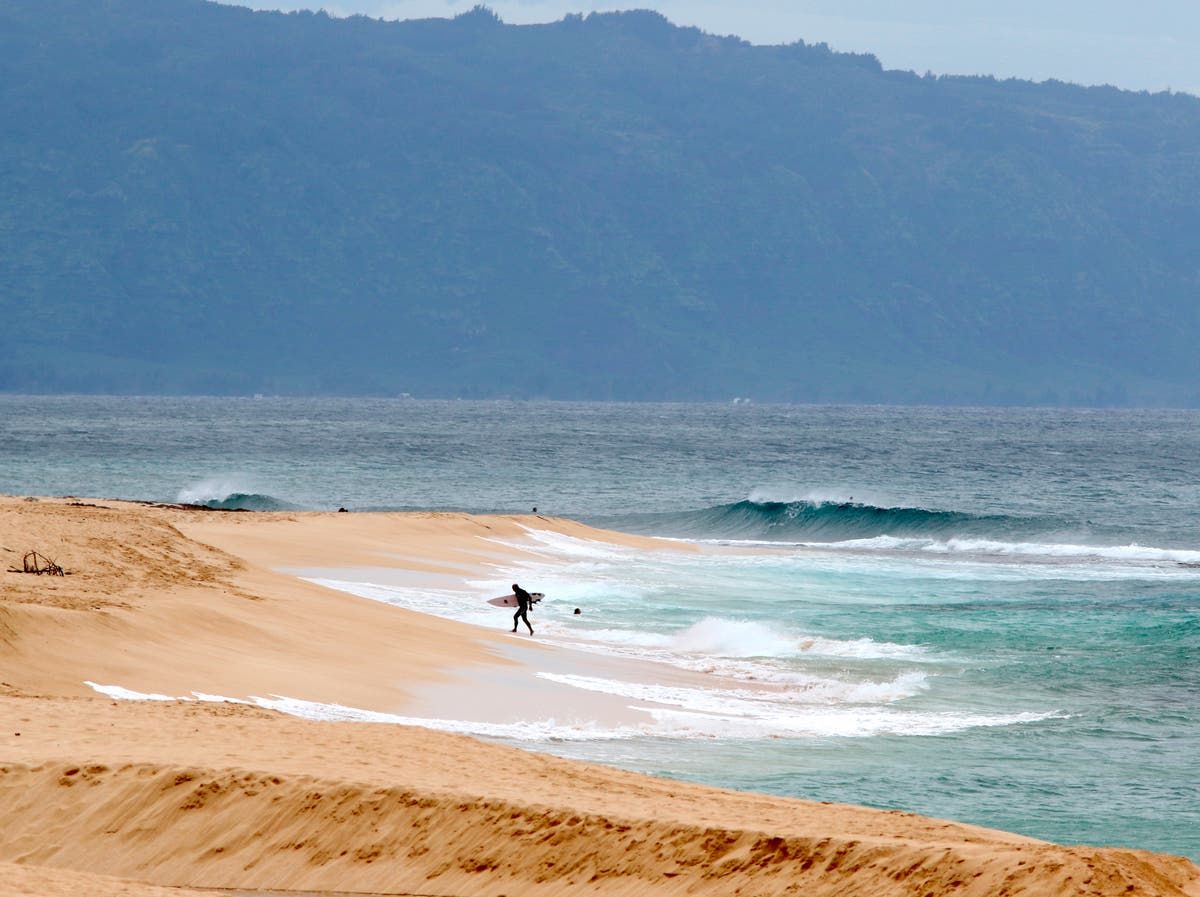Shark Attack Statistics

Shark attacks are a relatively rare occurrence, but they can have a devastating impact on those who are involved. In order to better understand the risks of shark attacks, it is important to look at the statistics.
The ocean’s depths hold many dangers, from the razor-sharp teeth of sharks to the silent embrace of drowning. In the treacherous waters of Panama City Beach, drowning poses a constant threat, reminding us of the fragility of life. Yet, amidst the fear, there lies a strange allure to the sea’s embrace, a siren’s call that beckons us closer, even as the jaws of danger snap at our heels.
According to the International Shark Attack File, there were 144 unprovoked shark attacks worldwide in 2021. Of these attacks, 10 were fatal. The United States had the highest number of attacks, with 47, followed by Australia with 22 and South Africa with 10.
In the murky depths, a predator lurks, its razor-sharp teeth a testament to its deadly nature. As humans venture into its domain, tragedy strikes, a reminder of the delicate balance between life and death. Panama City Beach, a place where dreams of seaside tranquility once flourished, now echoes with the cries of a life lost too soon ( panama city beach drowning today ).
But the ocean’s hunger remains insatiable, its primal instincts a constant threat to those who dare to trespass upon its watery realm.
The number of shark attacks has been increasing in recent years. This is likely due to a number of factors, including the increasing popularity of water sports and the growing number of people living in coastal areas.
Shark attacks, though rare, can strike fear into the hearts of beachgoers. In Panama City Beach, drownings pose a more prevalent threat. Drownings in Panama City Beach have claimed numerous lives, highlighting the importance of water safety. Despite these dangers, shark attacks remain a captivating subject, evoking both fascination and dread in equal measure.
The risk of a shark attack is highest in tropical and subtropical waters. This is because these waters are home to a large number of sharks. The risk of a shark attack is also higher during the summer months, when more people are swimming in the ocean.
There are a number of things that people can do to reduce their risk of being attacked by a shark. These include:
- Swimming in groups
- Avoiding swimming in areas where sharks are known to be present
- Not swimming at night
- Not wearing shiny jewelry or clothing
- Not swimming in murky water
By following these tips, people can help to reduce their risk of being attacked by a shark.
Regions with the Highest and Lowest Risk of Shark Attacks
The regions with the highest risk of shark attacks are:
- The United States
- Australia
- South Africa
- Brazil
- Mexico
The regions with the lowest risk of shark attacks are:
- The Arctic
- The Antarctic
- The Mediterranean Sea
- The North Sea
- The Baltic Sea
Shark Attack Prevention

Shark attacks are a rare occurrence, but they can be devastating. There are a number of things that can be done to prevent shark attacks, including beach patrols, shark nets, and electronic deterrents.
Beach Patrols
Beach patrols are one of the most effective ways to prevent shark attacks. Lifeguards can spot sharks from the shore and warn swimmers and surfers of their presence. They can also rescue people who have been attacked by sharks.
Shark Nets, Shark attack
Shark nets are another effective way to prevent shark attacks. Shark nets are large nets that are placed in the water to catch sharks. Shark nets have been used in Australia for many years and have been credited with reducing the number of shark attacks.
Electronic Deterrents
Electronic deterrents are devices that emit electrical pulses that are designed to deter sharks. Electronic deterrents have been shown to be effective in reducing the number of shark attacks, but they are not as effective as beach patrols or shark nets.
Tips for Swimmers and Surfers
There are a number of things that swimmers and surfers can do to reduce their risk of being attacked by a shark.
- Swim in groups.
- Avoid swimming in areas where there are known to be sharks.
- Do not swim at night.
- Do not swim in murky water.
- Do not wear jewelry or shiny objects.
- Do not splash or make loud noises.
- If you see a shark, do not panic. Swim slowly and calmly to shore.
Shark Attack Treatment

In the event of a shark attack, immediate first aid and medical attention are crucial for the victim’s survival and recovery. First responders should prioritize stopping the bleeding, preventing infection, and providing pain relief. Once stabilized, the victim should be transported to a hospital for further medical care.
Types of Injuries and Treatment
Shark attack injuries can range from minor lacerations to severe tissue damage and limb loss. The type of injury sustained depends on the size, species, and behavior of the shark, as well as the location and duration of the attack.
- Lacerations: Minor cuts and abrasions can be treated with antiseptic, bandages, and antibiotics.
- Puncture wounds: Deeper wounds caused by the shark’s teeth require thorough cleaning, irrigation, and antibiotics to prevent infection.
- Tissue damage: Extensive tissue damage may require surgical intervention, including debridement, skin grafts, or amputation.
- Limb loss: In severe cases, amputation may be necessary to prevent infection or further damage.
Long-Term Effects
Shark attacks can have long-term physical and psychological effects on survivors. Physical injuries may require ongoing medical treatment, rehabilitation, and adaptive devices. Psychological trauma, including post-traumatic stress disorder (PTSD), anxiety, and depression, is common among survivors and may require therapy and support.
Resources for Survivors
Numerous organizations and resources are available to support shark attack survivors and their families. These organizations provide medical, financial, and emotional assistance, as well as advocacy and education.
- Shark Attack Survivors International (SASI): A global organization dedicated to providing support and resources to shark attack survivors.
- International Shark Attack File (ISAF): A research and data collection organization that tracks shark attacks worldwide and provides information to the public.
- National Shark Research Consortium (NSRC): A collaborative research organization that studies shark behavior, ecology, and conservation.
A shark attack, a sudden and brutal encounter, leaving a trail of terror and fascination. The battle between predator and prey, a timeless spectacle that captivates the imagination. Like the fierce rivalry between the Dodgers and Angels, a clash of titans on the baseball diamond.
And just as the shark’s attack is a moment of intense drama, so too is the heated competition between these two storied franchises.
The ocean is a vast and unforgiving place, and the creatures that inhabit it can be both beautiful and deadly. Sharks are one of the most feared predators in the sea, and their attacks can be devastating. But even these apex predators have their own enemies.
In the pirates of the caribbean , sharks were often seen as a nuisance, and pirates would often kill them for food or sport. The same sharks that terrorize swimmers and surfers were once a common sight on the pirate ships of the Caribbean.